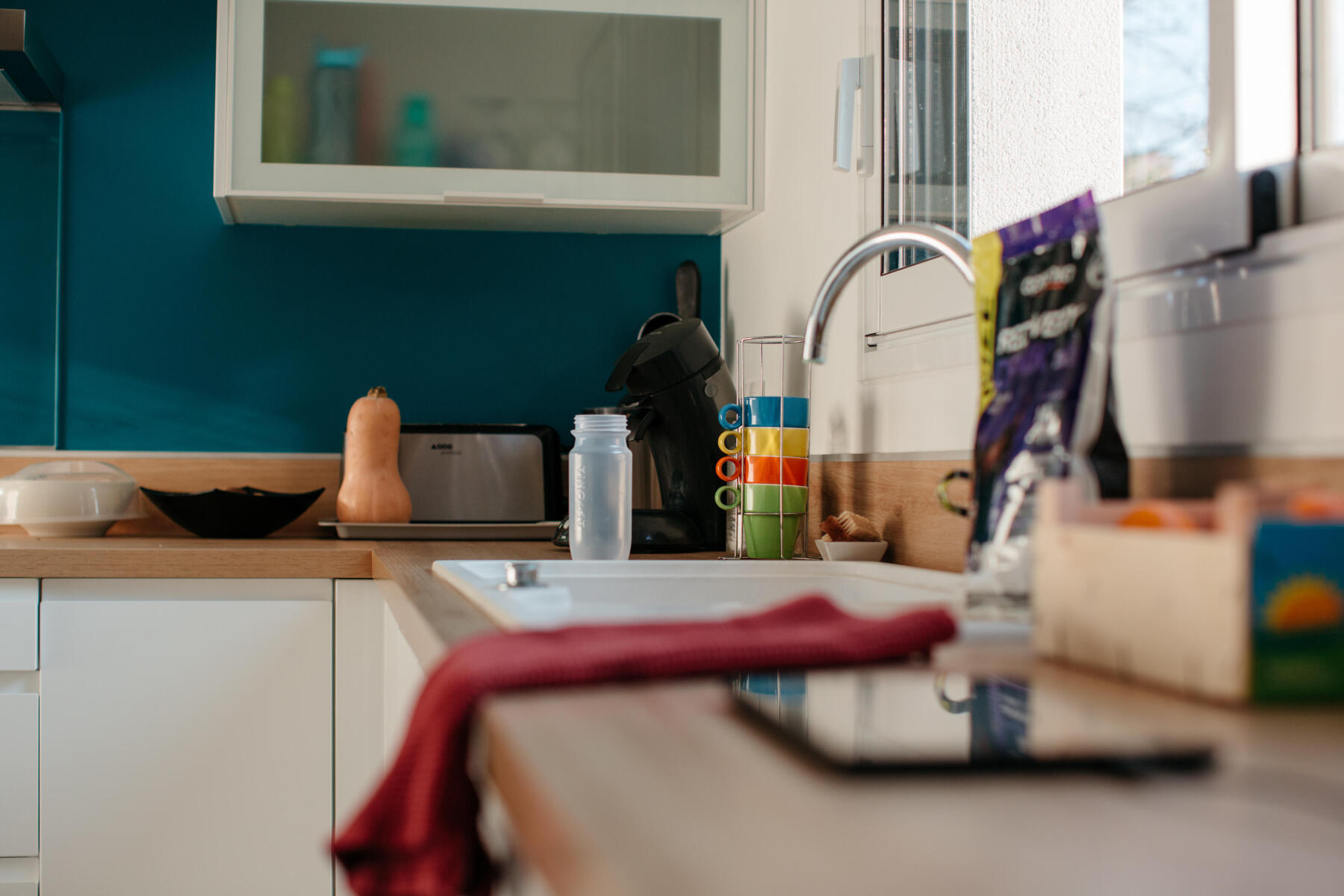The fundamental principles of chrononutrition
"Eat breakfast like a king, lunch like a prince and dinner like a pauper."
With chrononutrition, you can really do justice to this well-known saying!
The day is based around 4 meals, timed at least 4h apart in order to prevent the body from storing fats.
What should you eat for breakfast?
Breakfast is the time of day when the body produces the most "lipases," the enzymes that enable you to break down lipids (that means fats!).
Following this diet means having a big breakfast because your body has been fasting: you are literally "breaking the fast." Your body needs to recover energy! So your breakfast should be rich in fats and proteins.
If you decide to take up this diet, you can therefore say goodbye to the "fruit juice – bowl of cereal and milk" approach.
Breakfast foods of choice include:
- cheese,
- butter (ideally clarified, since that removes the lactose),
- oilseeds (almonds, nuts, cajun nuts, peanuts)
- avocado,
- virgin vegetable oils from first cold pressing,
- eggs,
- ham,
- or even bread (ideally wholemeal).
For drinks, you can drink tea, infusions or coffee, but without sugar.



